125 CD / L. v. Beethoven String Quartets · Vol. 2 of 4 op. 59 no. 1 – 3, op. 74
Description
"The incubation period is a mere thirty seconds: that is how long the symphonic first spark takes to ignite, with the four musicians dragging the child empress out of silence at the beginning of the first Razumovsky Quartet and again and again projecting their Auryn sparkle into us. And once again we are hooked." (Wiesbadener Anzeiger)
There is no shortage of great and famous Beethoven Cycles, but there are no performances such as these. For me, this is now the set to beat. (Laurence Vittes)
11 reviews for 125 CD / L. v. Beethoven String Quartets · Vol. 2 of 4 op. 59 no. 1 – 3, op. 74
You must be logged in to post a review.

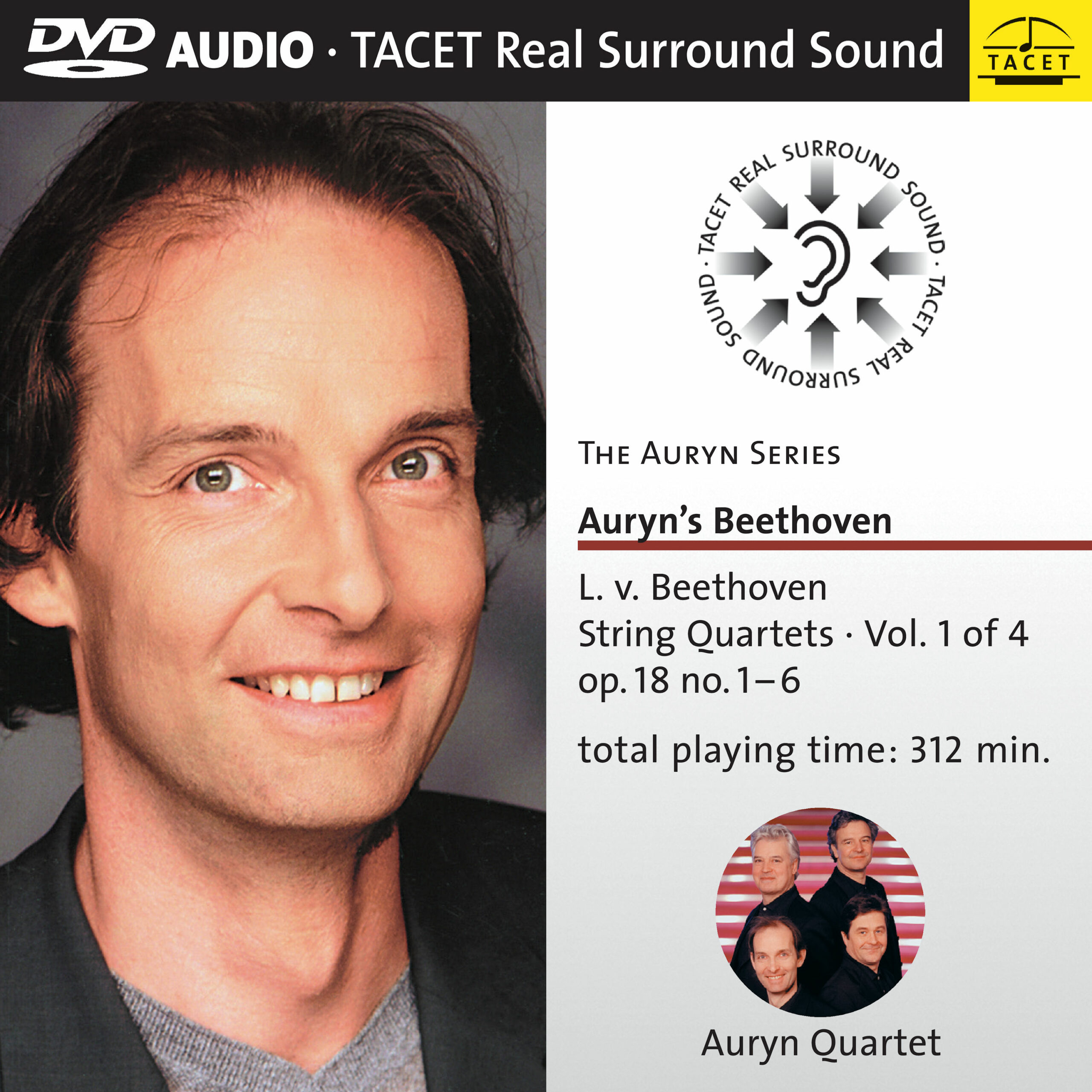
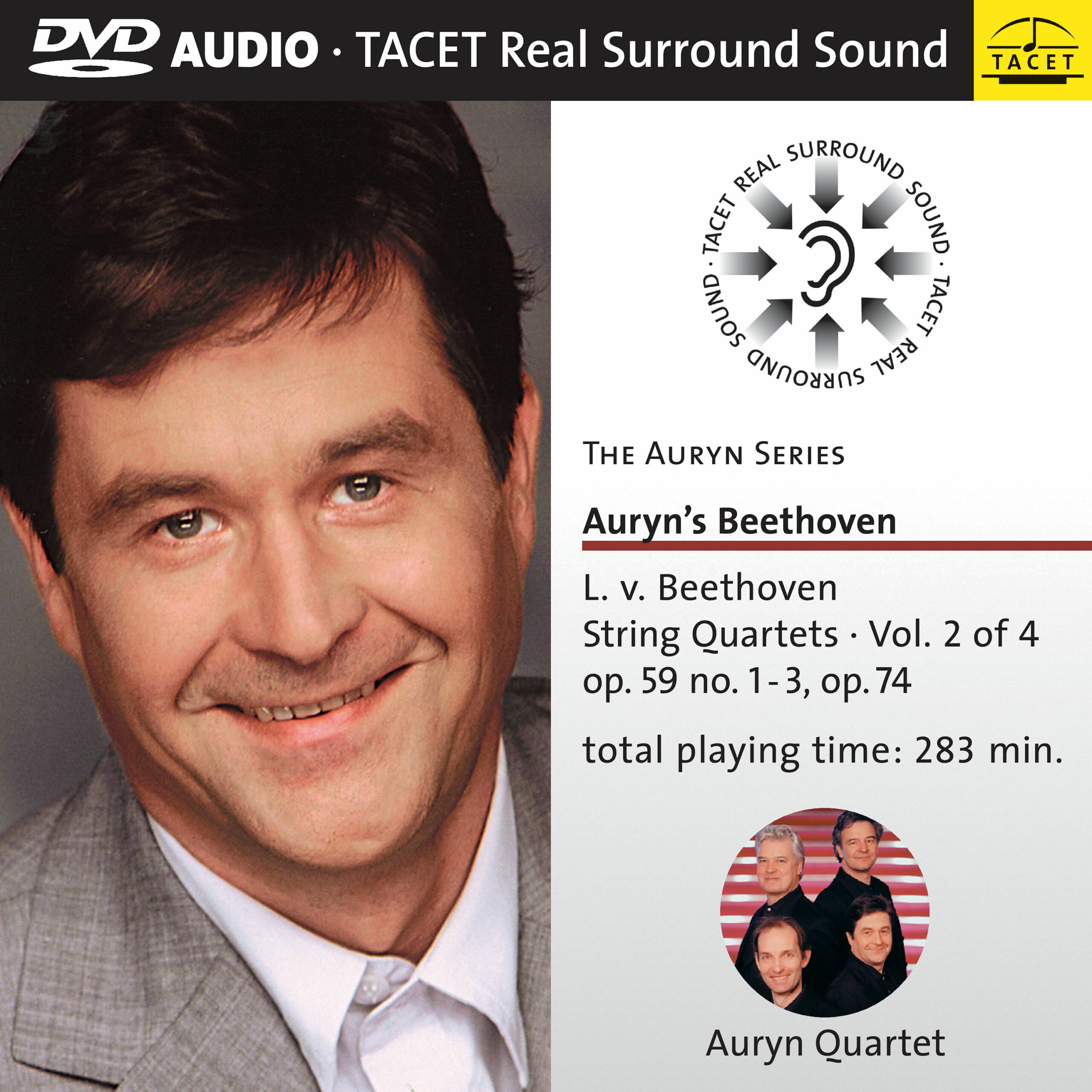
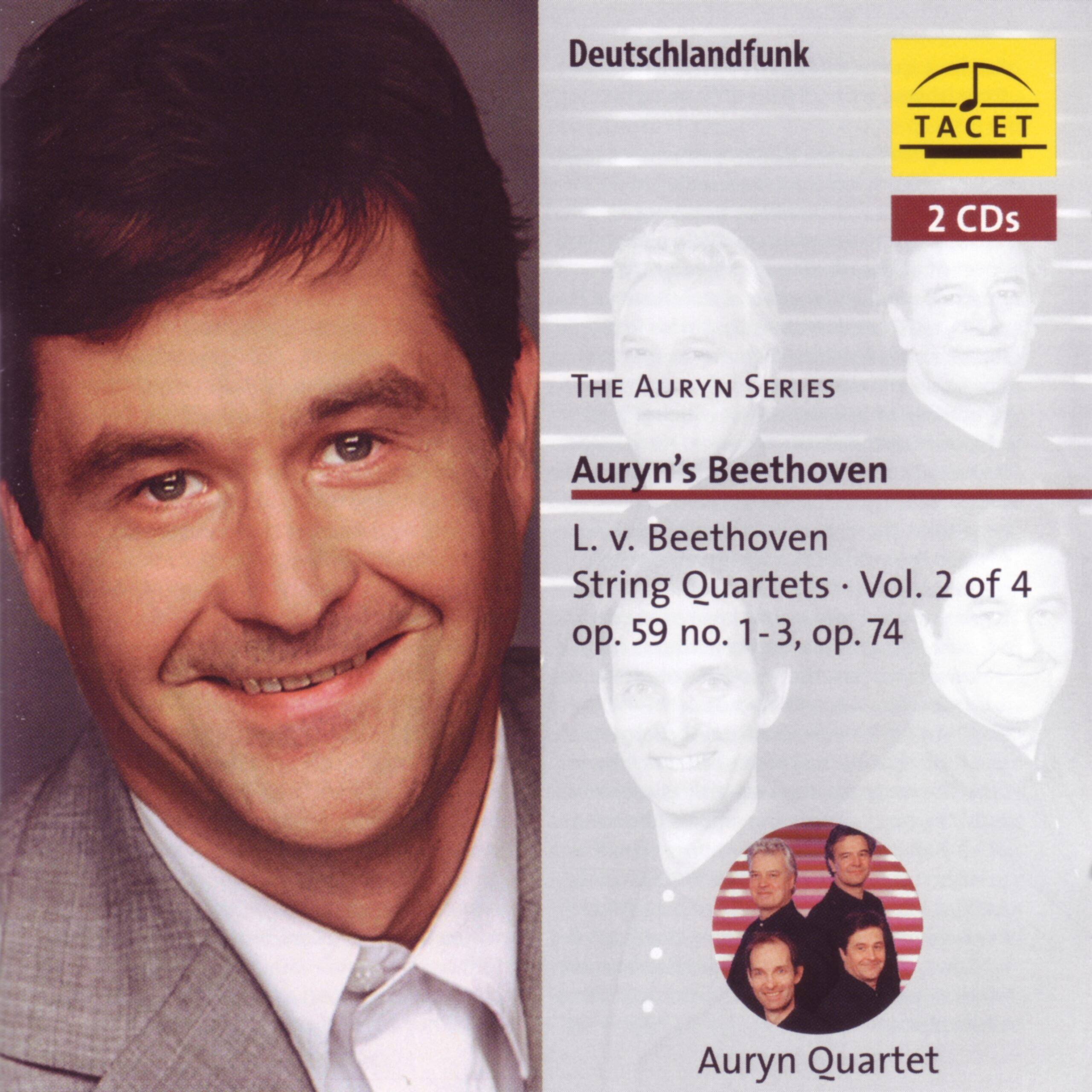
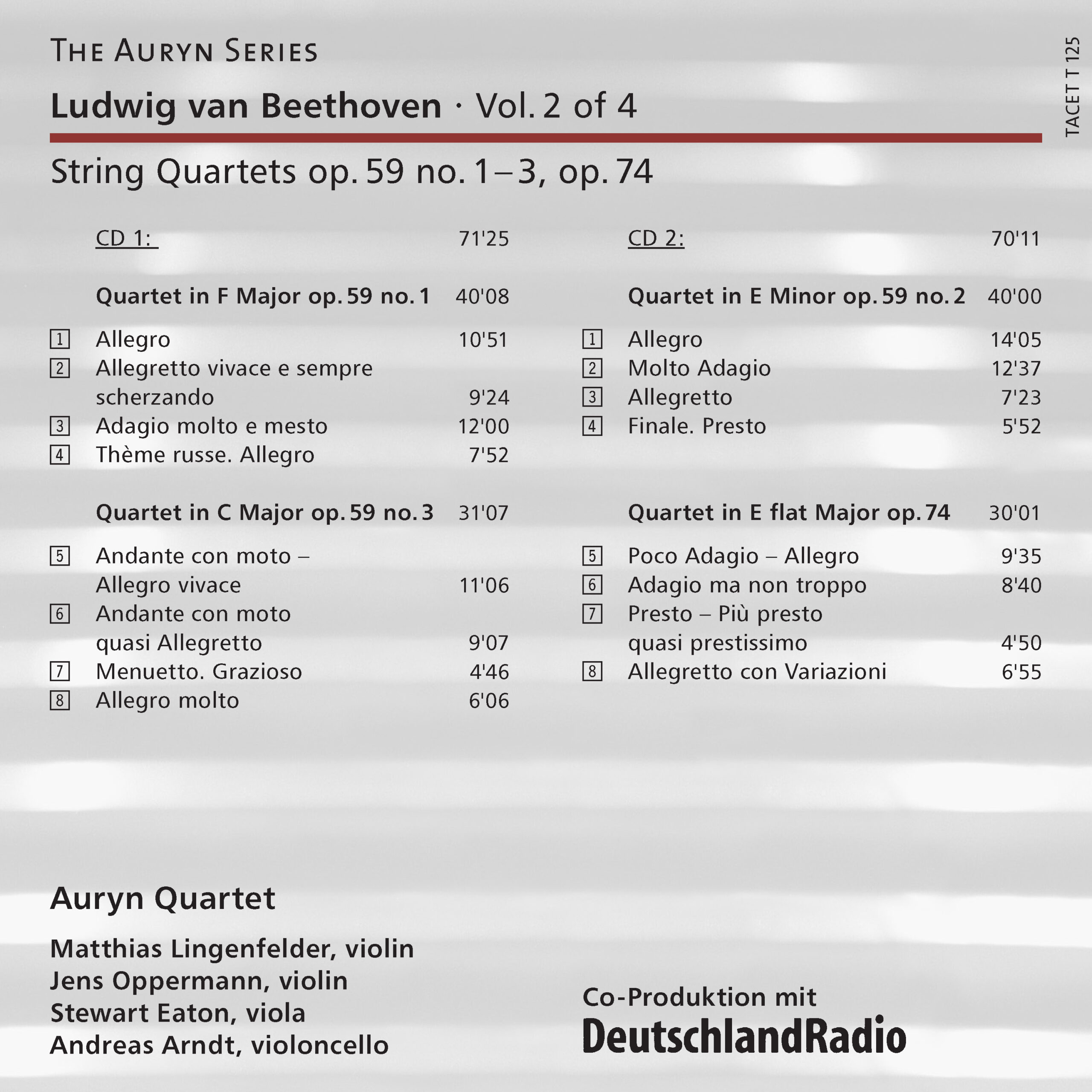
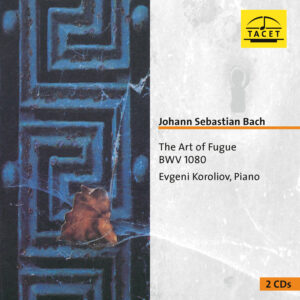
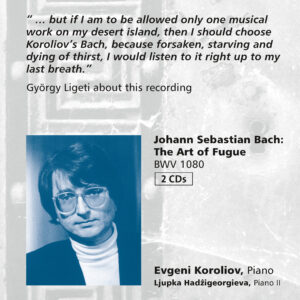
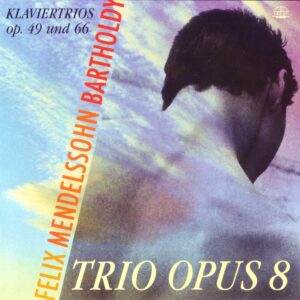
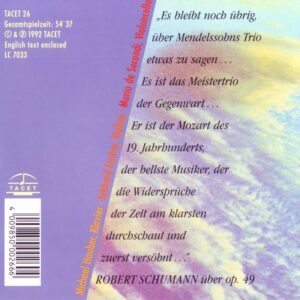
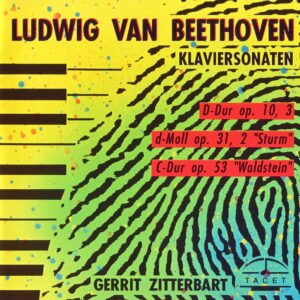
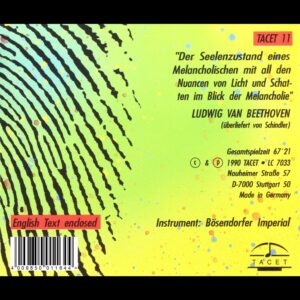
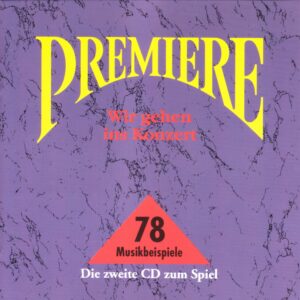
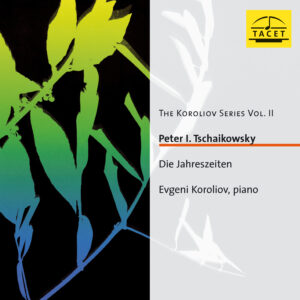
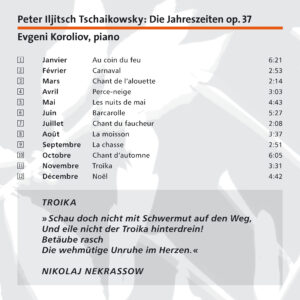
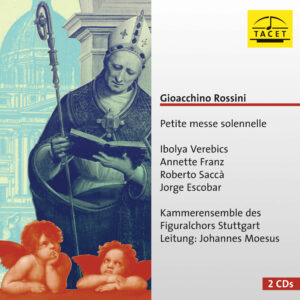
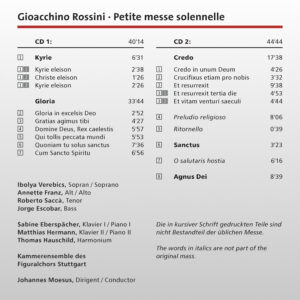
Hessisch Niedersächsische Allgemeinene Zeitung –
Our CD Recommendation
Stay together for 25 years. The four of you, nearly every day. Constantly refining the same intricate craft. Never entirely certain if you’ve achieved perfect form. Such is the fate of a string quartet. Since 1981, Matthias Lingenfelder, Jens Oppermann (both violin), Stewart Eaton (viola), and Andreas Arndt (cello) have formed the Auryn Quartet. Back then, Michael Ende’s The Neverending Story was a massive literary success—the amulet that grants its wearer intuition bears the euphonious name "Auryn."
Intuition, inspiration, imagination, clear-sighted analysis, and fiery temperament—Beethoven’s string quartets demand all this from the first note to the last. No chamber music challenge compares. These four Cologne-based musicians meet it brilliantly—judging by the halfway point, four of eight CDs—with a firm, robust sound that can still flatter and shimmer, sing and exult. Form and substance, so crucial in the early and middle quartets, merge into an inseparable symbiosis. Each of the six works in Opus 18 has its own vivid character, fully matured and bursting with individuality.
Siegfried Weyh
Le monde de la musique –
Founded in 1981, the Auryn Quartet studied under the Amadeus Quartet in Cologne and the Guarneri Quartet at the University of Maryland in the United States. The ensemble has distinguished itself through various cycles dedicated to Beethoven, Mendelssohn, Schumann, and Schoenberg, as well as remarkable recordings, particularly of Schubert. For many years, this German quartet has also performed contemporary music.
The present interpretations, the first volumes of a complete Beethoven cycle, reveal fine qualities of balance, homogeneity within the sections, and formal precision. The approach is classical and technically masterful, though somewhat austere and distant. At times, a truly expressive dimension—or even a certain dramatic tension—is lacking.
Patrick Szersnovicz
___________________________________
Original Review in French language:
(…) Fondé en 1981, ayant étudié auprès du Quatuor Amadeus à Cologne et du Quatuor Guarneri à l′Université du Maryland aux Etats-Unis, le Quatuor Auryn s′est notamment illustré par différents cycles consacrés à Beethoven, Mendelssohn, Schumann, Schoenberg et par de remarquables enregistrements (en particulier de Schubert). Cet ensemble allemand joue aussi, depuis de nombreuses années, la musique contemporaine. Les présentes interprétations, premiers volumes d′une intégrale Beethoven, révèlent de belles qualités d′equilibre, d′homogénéité dans les pupitres et sur le plan formel. Le propos est classique, techniquement maîtrisé, un rien austère et distant et une véritable dimension expressive – voire une certaine tension dramatique – fait parfois défaut. (…)“
Patrick Szersnovicz
Wiesbadener Anzeiger –
(…) And once again, the four musicians achieve an impressive synthesis of individual insights and a performance strictly aligned with the scores, for ultimately, the Auryns are primarily concerned with one thing: the clear realization of the musical text. The fact that their personal touch grows into this makes the Auryn Quartet unique. Their joy in the music and the sensitive, arched portrayal of its formal structure and melodic lines repeatedly take center stage. A complete recording has not been this exciting in a long time.
Stereo –
(…) The Auryn Quartet, established for 23 years, impresses (…) with its elegant string sound and consistently unadorned playing. The sublime, floating overall sound and the crisp articulation of the Auryns complete the picture. Finest quartet craftsmanship.
Oliver Ford
hermann – das magazin aus cottbus –
Part 2 of the string quartets by Beethoven, who is particularly celebrated in this HERMANN. These works from the master's so-called middle period are interpreted with incredible imagination by the Quartet of the Childlike Empress. They achieve the remarkable feat of uniting origin, compositional presence, and prophecy into one.
MC
Klassik heute –
There is certainly no shortage of recordings of Beethoven's string quartets, yet the Auryn Quartet—now reflecting on 23 years of successful career—holds its own with sovereign confidence in this competitive field. In their interpretation of the so-called "Razumovsky Quartets", which, together with the E-flat Major Quartet Op. 74, form the second installment of their chronologically arranged complete edition, Lingenfelder, Oppermann, Eaton, and Arndt restore some of the bold originality with which Beethoven deliberately distanced himself from the traditions of Haydn and Mozart, as well as from the style of his own earlier Op. 18 quartets. Their musical approach does not shy away from sonic roughness: the Russian moments—folk song quotations in the first two quartets and the characteristic coloring of the Andante con moto in the third (a nod to their patron, Count Razumovsky)—retain a touch of foreignness. The strange introduction of the C Major Quartet has genuinely unsettling qualities, while the unleashed finales possess a striking immediacy. The Auryn musicians are neither concerned with mere beautiful sound nor with overly analytical refinements; instead, they prioritize spontaneity and joy in playing, as evidenced once more in the inner movements of Op. 74—whether in the ethereal A-flat Major Adagio or the Mendelssohn-anticipating Presto Scherzo. The sound image is very natural, less focused on homogeneous blending than on a clear separation of instruments—likely aligning with the musicians' own intentions.
Sixtus König
Wetzlarer Neue Zeitung –
This recording is a technical and interpretive triumph, offering a welcome enrichment compared to earlier releases by other top-tier string quartets.
It is highly impressive how Matthias Lingenfelder and Jens Oppermann (violins), Stewart Eaton (viola), and Andreas Arndt (cello) succeed in making the most delicate melodic arcs just as vivid as the harshest attacks. Throughout, the composational structure remains transparent and comprehensible, with each instrumental voice clearly distinguishable.
A particular strength is that slow passages are never overstretched, and rapid runs never blur. The accompanying booklet provides concise and informative notes on the works, rounding off an outstanding recording.
Klaus Andrießen
Audiophile Audition –
The Auryn Quartet’s second installment in their complete Beethoven cycle for Tacet is just as tremendous as the first, which comprised the Op. 18 set. Once again, the Auryns and Tacet have demonstrated a near ideal partnership between music and technique in which it is absolutely impossible to imagine one without the other. Using two Neumann M49 microphones and working in the Cologne studios of DeutschlandRadio, Andreas Spreer has captured the Auryn performances in a space which, without being dry or claustrophobic, sounds like one of those science fiction continuums where space stretches to fit time. The sound is fine and detailed, the lower strings of the viola and cello have a wonderful grainy quality to them. It’s probably close to what composers hear in their heads when they compose, before they’ve heard the music live for the first time.
The Auryn Quartet, which has done a marvelous Schubert cycle for CPO, is not particularly predictable. They are relatively reserved rhetorically, and tend towards moderate to fast-ish speeds (although they can turn it on, as in the upward whoosh at the end of Op. 59 No. 3). What sets them apart is a sense of latent power that creates a superb kind of musical tension. Thomas Seedorf’s liner notes are very good.
If you’re wondering, The Quartet took its name from “the amulet that bestows intuition upon its bearer in Michael Ende’s The Neverending Story. There are other very good Beethoven cycles to be had (and sometimes, it must be admitted, the one you’ve listened to most recently sounds the best), and more on the horizon (including a novel cycle planned by the Miró Quartet who will record the quartets as they reach the age Beethoven was when he wrote them). In the meantime, it looks like the rest of the cycle will be released in the near future. Snap it up if you can!
Laurence Vittes
Elmshorner Nachrichten –
Vibrant and alive—that’s how the Auryn Quartet presents Beethoven’s middle string quartets in this recording. Their take on the Rasumowskys and the Harp Quartet is refreshingly unpolished, free from artifice. The musicians and engineers didn’t aim for mainstream perfection—smooth, flawless, and inoffensive. Instead, the Auryns deliver something far more compelling: playful, virtuosic, natural, and simply authentic. Here, Beethoven sounds fully awake.
pen
Wiesbadener Anzeiger –
The incubation period lasts a mere thirty seconds—that’s how long the symphonic ignition takes for the four musicians of the Childlike Empress to wrench the opening of the first Rasumovsky Quartet from silence, projecting their irresistibly infectious Auryn brilliance deep into our senses. And once again, we’re utterly captivated…
Following the six-part Opus 18, with which TACET launched their breathtakingly imaginative complete Beethoven quartet cycle just weeks ago, the "Russian" trilogy of Opus 59 and the Harp Quartet, Op. 74, are now available—four works from Beethoven’s so-called "middle period." The Auryn Quartet plays the early hints and foreshadowings (which overflow in the first half-dozen quartets) with the same forward-looking consistency as it now unfolds the middle-period clues pointing toward the unwritten symphonies of his final years—without ever losing its footing in the present. The masterstroke—uniting origin, compositional presence, and prophecy into one—has been achieved by only a few ensembles (at least in the age of recorded sound). The stars of this label are among them…
Ensemble –
Brilliant
It’s truly astonishing what exceptional ensembles can still uncover in these hundreds-of-times-recorded classics! The first installment of the Auryn Quartet’s complete Beethoven cycle already showcased the highest chamber music mastery. Now, the second leg of their Beethoven journey is no less thrilling: the Rasumovsky Quartets unfold with rich nuance, crystalline clarity, breathtaking intonation, and bite. Verdict: The anticipation grows with every release!
Oliver Buslau